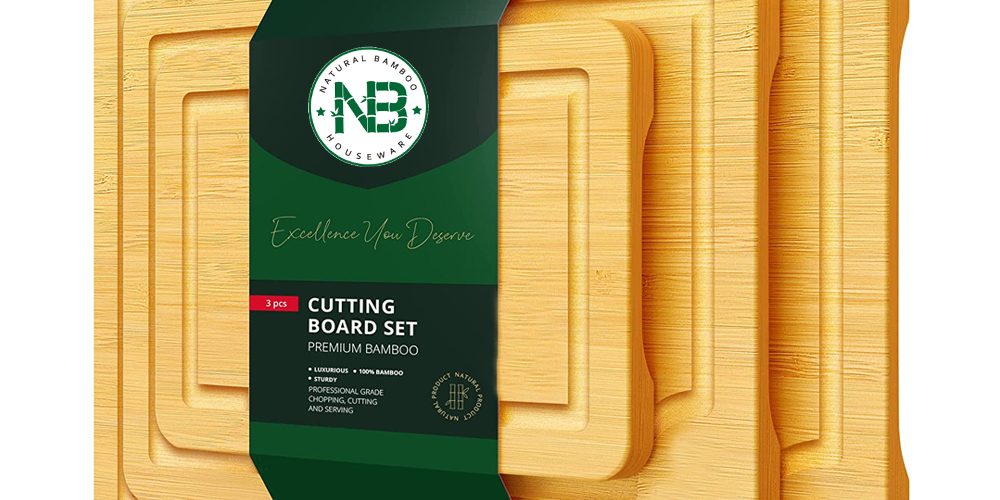Wood cutting boards are an indispensable kitchen tool, but selecting the ideal one involves a careful balance of art and science. In this comprehensive guide, we will explore in-depth the various factors you should consider when choosing the perfect wood cutting board.
1. Wood Type Matters: The type of wood used plays a pivotal role in a cutting board’s performance and longevity. We’ll delve into the characteristics of popular hardwoods like maple, cherry, and walnut, discussing their hardness, grain patterns, and resistance to knife marks. You’ll gain a deep understanding of how different wood types can enhance your cooking experience.
2. Maintenance for Longevity: Proper maintenance is key to extending the lifespan of your wood cutting board. We’ll provide step-by-step instructions on how to clean, disinfect, and oil your board, ensuring it remains in top-notch condition. This section will include tips on removing stains, eliminating odors, and preventing warping.
3. Size and Thickness: The size and thickness of your cutting board can significantly impact your culinary tasks. We’ll guide you through choosing the right dimensions based on your cooking style and kitchen space. From large butcher blocks to slim, portable boards, we’ll cover it all.
4. End-Grain vs. Edge-Grain: Learn about the difference between end-grain and edge-grain cutting boards, their pros and cons, and when to use each for specific cutting tasks. Understanding the grain orientation can enhance your cutting board’s durability and performance.
5. Design and Aesthetics: Finally, we’ll discuss how the design and aesthetics of wood cutting boards can complement your kitchen decor. From intricate patterns to minimalist designs, you’ll discover how your cutting board can be both functional and visually pleasing.
By the end of this article, you’ll be well-equipped to make an informed decision when choosing your wood cutting board, taking into consideration wood type, maintenance, size, grain orientation, and design preferences.






